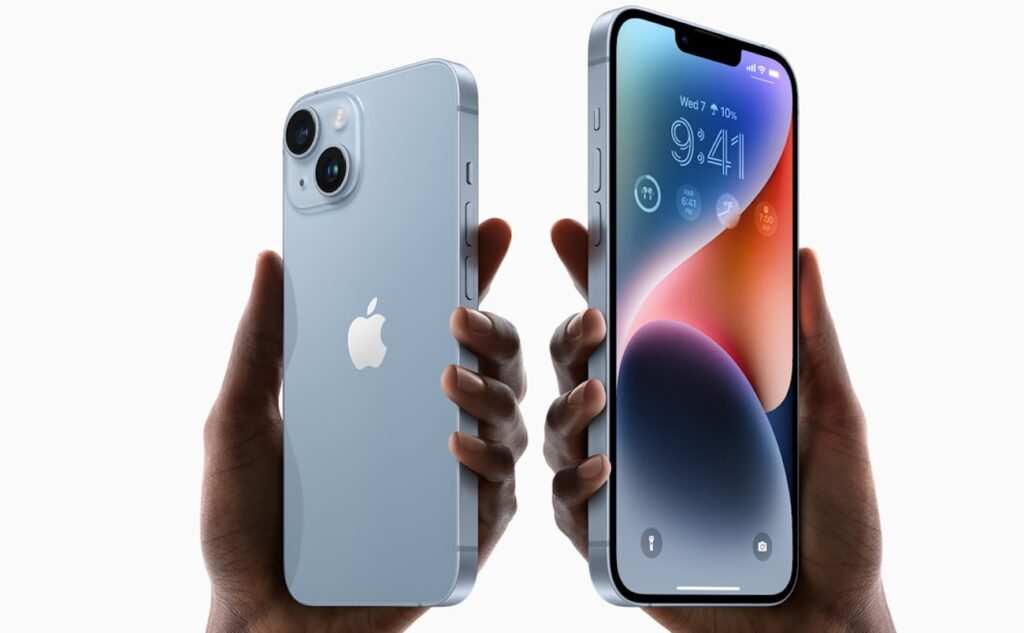Apple is reportedly preparing to discontinue sales of the iPhone 14, iPhone 14 Plus, and iPhone SE (2022) across the European Union (EU) ahead of new charger regulations that come into effect on December 28th. These models, all featuring the now-phased-out Lightning port, will no longer be available for purchase through Apple’s official channels in the EU.
This move was first observed in Switzerland, where Apple has already removed the iPhone 14, iPhone 14 Plus, and iPhone SE (2022) from its online store. While in-store sales will continue until the deadline, the online listings for these models now indicate that they are “currently unavailable.”
Although Switzerland is not an EU member state, it is part of the European single market, which also includes Iceland, Liechtenstein, and Norway. As a result, Apple is expected to discontinue sales of these iPhone models in these countries as well, along with the 27 EU member states.
This decision means that, come December 28th, Apple will no longer officially sell any iPhone SE model in the EU. However, resellers may continue to offer remaining stock. Rumors suggest that a fourth-generation iPhone SE with an updated design, Face ID, and a potential in-house modem chip could be in development, offering a future alternative for customers seeking a more affordable iPhone option.
In the meantime, EU customers will need to opt for the iPhone 15 or iPhone 16 series, both of which feature the universal USB Type-C port mandated by the new regulations. Apple has also proactively updated other accessories, such as the AirPods Pro (2nd generation) and AirPods Max, with USB Type-C ports well ahead of the deadline.
This move reflects Apple’s compliance with the EU’s common charger regulations, aimed at reducing electronic waste and simplifying charging for consumers. While the discontinuation of older models may disappoint some customers, it paves the way for a more standardized and sustainable approach to device charging across the region.
